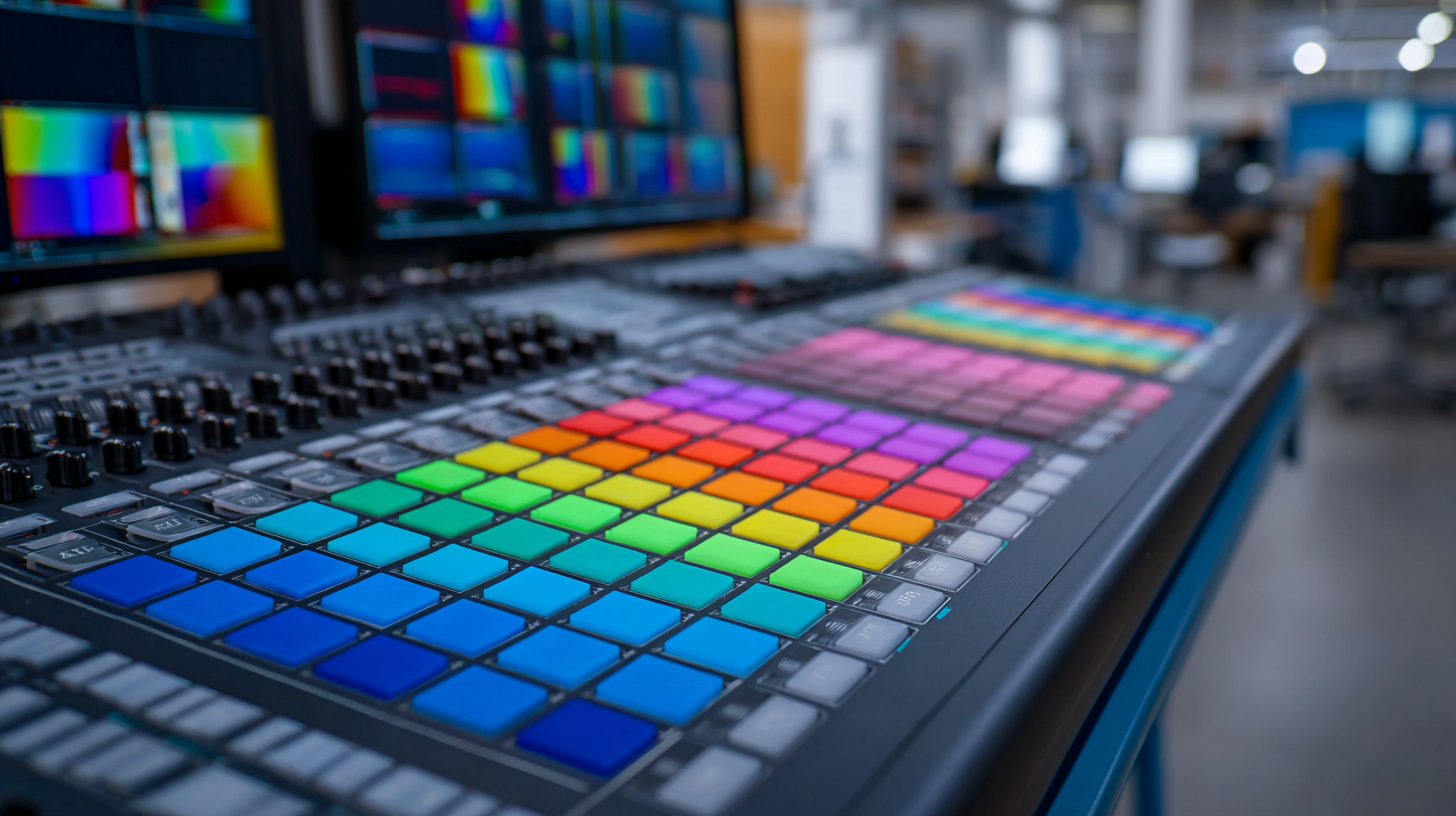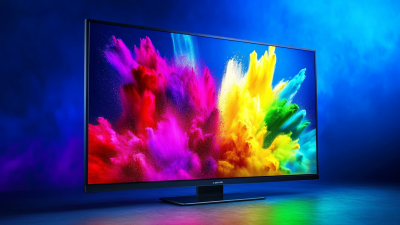Leave Your Message
When selecting a True Color LCD Screen, it is essential to consider various factors that can significantly impact your viewing experience. According to a recent report by the Consumer Electronics Association, more than 70% of users prioritize color accuracy when choosing display screens for both professional and personal use. True Color LCD Screens are specifically designed to deliver an enhanced visual experience, boasting a color gamut that can cover up to 99% of the sRGB color space, making them ideal for graphic designers, photographers, and video editors. As the demand for high-quality displays continues to rise, with the market projected to grow at a CAGR of 8.1% over the next five years, understanding the key features that distinguish the best True Color LCD Screens from standard options is crucial for informed decision-making. In this guide, we will explore seven essential tips for selecting the best True Color LCD Screen to meet your specific needs.

 Understanding your display requirements is crucial when selecting the best true color LCD screen for your needs. Begin by analyzing the primary purpose of the screen; whether it’s for professional graphic design, gaming, or general use, each application demands varying degrees of color accuracy and resolution. For graphic designers, a screen with a wide color gamut and high resolution is essential to ensure that the colors they see are true to life, whereas gamers might prioritize refresh rates and response times.
Understanding your display requirements is crucial when selecting the best true color LCD screen for your needs. Begin by analyzing the primary purpose of the screen; whether it’s for professional graphic design, gaming, or general use, each application demands varying degrees of color accuracy and resolution. For graphic designers, a screen with a wide color gamut and high resolution is essential to ensure that the colors they see are true to life, whereas gamers might prioritize refresh rates and response times.
Another important aspect to consider is the ambient lighting of your workspace. If you'll be using the LCD screen in a brightly lit environment, opting for a display with anti-glare features can significantly enhance visibility and reduce eye strain. Additionally, understanding your own preferences regarding screen size and ergonomics can dramatically impact your comfort during extended usage. Taking the time to evaluate these factors will not only help in selecting a screen that meets your technical needs but also in creating an optimal viewing experience tailored specifically to you.
When selecting the best true color LCD screen, there are several key features to consider that can significantly impact your experience. First and foremost is color accuracy, which is essential for tasks such as photo editing and graphic design. A monitor with a wide color gamut ensures that a broader spectrum of colors is represented, allowing for a more vivid and true-to-life display. Look for screens that mention industry-standard calibrations, as these can provide reassurance of their performance.
Another important aspect is the display certification, such as VESA DisplayHDR, which indicates the monitor's capability to display high dynamic range content. This certification signifies a higher level of brightness and contrast, enhancing your viewing experience, especially in multimedia applications. Additionally, consider features like the screen-to-body ratio, which maximizes your viewing area without compromising on size, ensuring that you get the most immersive experience from your true color LCD screen. Evaluating these elements will help you make a more informed decision tailored to your specific needs.
When selecting a true color LCD screen, evaluating color accuracy is paramount. A screen that displays colors faithfully allows you to trust what you see, making it essential for professional tasks like graphic design or photo editing. Look for models that offer high color gamut coverage, such as sRGB or Adobe RGB, to ensure a broader range of colors. Additionally, consider screens that support hardware calibration, which can significantly improve color precision.
Calibration options are equally important. Many high-end LCDs come with built-in calibration tools or support third-party calibration devices. This ensures that the display can maintain accurate color representation over time. When you examine a potential screen, check if it comes pre-calibrated and inquire about its calibration interval. Regular calibration helps preserve color integrity and ensures that the screen adapts to any environmental changes.
For the best results, take the time to read user reviews and professional evaluations regarding color accuracy. Look for displays that show minimal color deviation, and consider investing in external calibration solutions if the built-in ones do not meet your needs.
When selecting the best true color LCD screen, size and resolution should be your primary considerations. A 2022 report by the Consumer Electronics Association found that 65% of consumers prioritize screen resolution over other features like brand or price. Higher resolution screens, such as 4K (3840 x 2160), offer significantly sharper images and enhanced color accuracy, making them ideal for professionals in graphic design and video editing. For general usage, a Full HD (1920 x 1080) resolution might suffice, but those requiring precise color matching will benefit greatly from higher resolutions.
In addition to resolution, the size of the screen plays a crucial role in the viewing experience. Displays range from portable 13-inch screens to large 32-inch models. A study conducted by the International Display Technology Association revealed that larger screens not only enhance productivity by providing more workspace but also improve the visual impact of high-resolution content.
When choosing the right screen, consider these tips: first, assess your primary use case—if you’re primarily editing photos or videos, a larger screen with a higher resolution will serve you better. Additionally, ensure that the screen supports color calibration features to maintain true color accuracy across different applications. Finally, take into account the available space; sometimes, a slightly smaller screen may be more practical without compromising on quality.
When selecting a true color LCD screen, assessing connectivity and compatibility with your devices is crucial to ensure optimal performance and functionality. Begin by reviewing the types of connections available on the screen, such as HDMI, DisplayPort, or USB-C. Verify that these ports match those on your computer, gaming console, or any other devices you plan to use. A versatile screen with multiple connectivity options can provide flexibility and ease of use across various situations.
Additionally, consider the compatibility with your operating system and any specific software you intend to run. Some screens may require proprietary drivers or software to unlock their full potential. Check for reviews or user experiences related to your devices to avoid potential compatibility issues. Pay attention to resolution and refresh rates as well, as these elements can impact performance and visual quality, particularly for gaming or graphic design. Ultimately, ensuring that your chosen LCD screen seamlessly integrates with your existing setup will enhance your overall experience and satisfaction.







